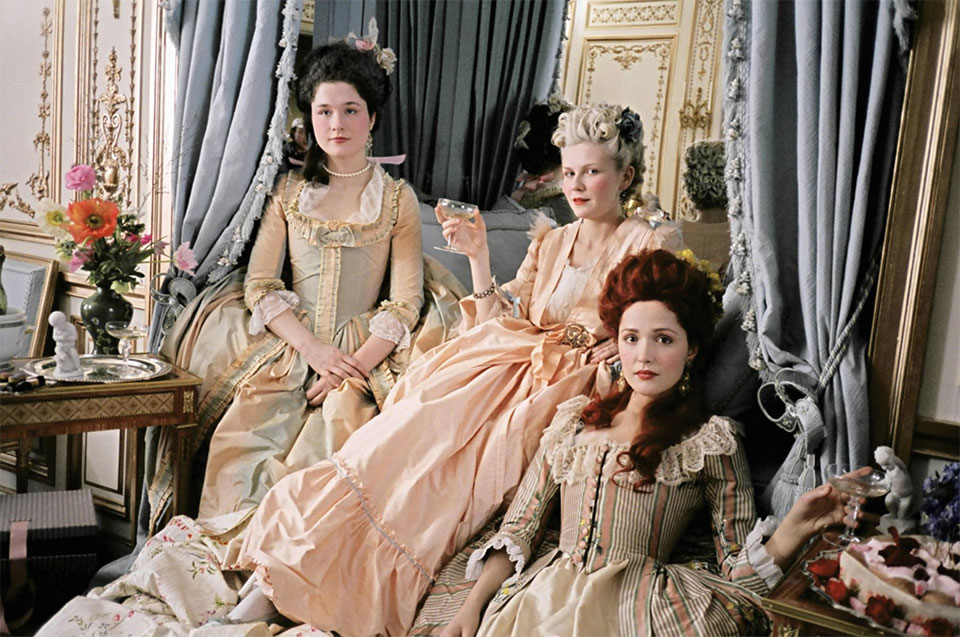6 Trends from Victorian Era You should know

Fashion is an ever-evolving idea that gets inspired by several factors. From reigning monarchs to contemporary social and economic conditions, there have been umpteen numbers of reasons for changes in fashion. Those who are fashion enthusiasts would know how much fashion has changed from ancient times, and it continues changing. One of the things which we all should agree to that many human eras are known for their unique fashion—the Victorian Era is an example of the same.
Largely known for highly suffocating corsets, Victorian fashion was much more than that. Many trends emerged during that time—quite a few of them were quite interesting—and they ended up defining the era. In this article, you will get a sneak peek into the Victorian Era and its 6 fashion trends that might surprise you.
- Paris Green, the color of death
If you look up the Internet “Paris Green”, you will find out that it was highly popular in the dyeing of fabrics. Paris Green is basically a crystalline salt of arsenic and copper and is highly toxic in nature. Evidently, the presence of arsenic makes it a deadly option for human beings. Back in the Victorian Era, however, people used Paris Green not just for painting walls but also for coloring dresses. Unsurprisingly, many people died from exposure to Paris Green. At the cost of human lives, Victorian fashion thrived. - Human hair as an accessory
As part of the custom, many people would wear accessories made of human hair to mourn the dead. Hair locks of the deceased beloved ones were made into accessories such as a bracelet or necklace and worn quite commonly. However, this eventually became a fashion trend and people began wearing them casually or for auspicious purposes as well. Women, for example, would wear such accessories to indicate that they have a husband or someone to remember. The most common form of such accessory came in the form of medallions. - Holes in the undergarment
Imagine being a 19th-century woman in England: you will have to wear those already suffocating corsets coupled with layers of under-clothing. Surely it would be a hassle to take a bio break with all those unnecessary layers you have to carry around. Hence, there were holes in a woman’s undergarment to tackle this problem. While the designers could have reduced the extra weight, the undergarments still managed to give some sigh of relief. With a hole exposing the intimate area, it would have been less difficult to relieve oneself. - Those Cinderella dresses were anything but convenient
In order to make skirts look larger, multiple layers were added to achieve the extra diameter. All attempts seemed dissatisfactory as a result of which crinoline was invented. Crinoline was a cage-like object made of steel and was worn underneath to give volume to the skirt. However, there came one major problem with the use of crinoline especially in the earlier years of introduction: at times, skirts would become too wide and this would restrict the mobility of women. Doing simple things such as getting through a door could become a challenge. - Birds on the hat
Humankind has always been cruel to animals, and fashion has been one of the activities where exploitation of animals and birds is a historical fact. You might be surprised to hear this but there was a time—the Victorian era, to be precise—when the demand for stuffed birds on the hats increased. Feathers or the bird itself would be stuffed into the hat, which in terms of current standards would be an outright abomination. At that time, however, we seldom cared. We don’t that today as well, but we aren’t as ignorant as our ancestors. Anyway, the trend lost momentum because of the increasing petitions against this practice. - Dresses for children
It was not until the age of 4 that the fashion choices became gender-specific. From birth and until the school-age, all children—boys and girls—wore dresses. The way children dressed up differed depending upon the status: those from richer backgrounds wore more layers and their clothes bore intricate designs. Other than this, there were barely any fashion choices among children.
Bring the best of the CEOWORLD magazine's global journalism to audiences in the United States and around the world. - Add CEOWORLD magazine to your Google News feed.
Follow CEOWORLD magazine headlines on: Google News, LinkedIn, Twitter, and Facebook.
Copyright 2025 The CEOWORLD magazine. All rights reserved. This material (and any extract from it) must not be copied, redistributed or placed on any website, without CEOWORLD magazine' prior written consent. For media queries, please contact: info@ceoworld.biz









